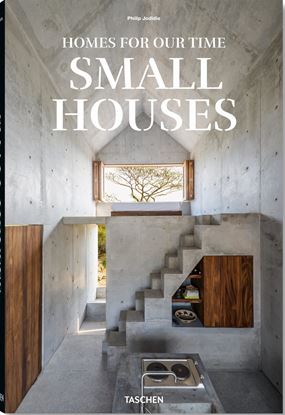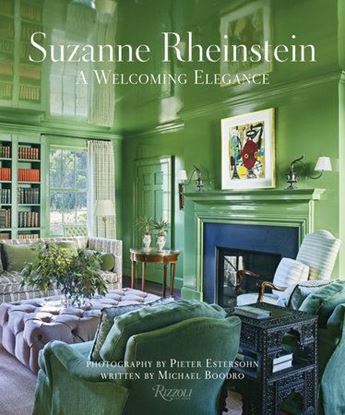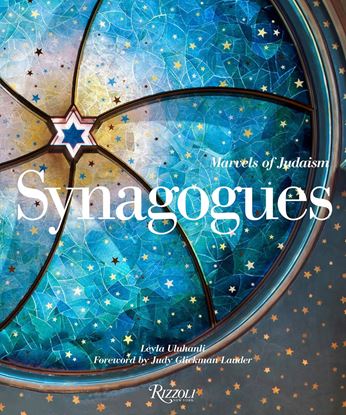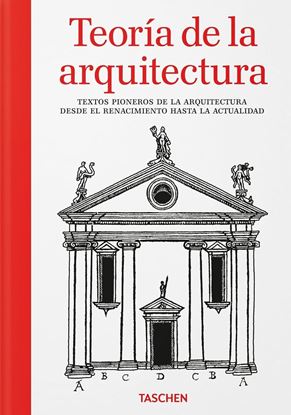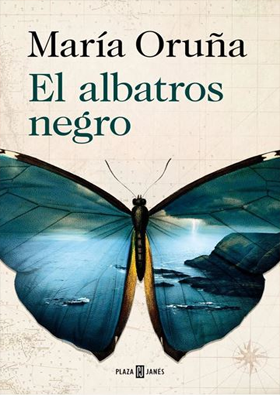

SMALL HOUSES. HOMES FOR OUR TIME (XL)
Descubra la mejor selección mundial de arquitectura de pequeño formato. Con obras de Alphaville, Olson Kundig, BIG, Aranza de Ariño, Takeshi Hosaka y MAPA, esta cuidadosa recopilación de viviendas pequeñas pero delicadas demuestra que 100 m2 dan para mucho en un edificio inteligente y sostenible. Grandes sueños, construcciones pequeñas.
4,800
STUDIO ASHBY
The highly anticipated debut from one of today’s most influential tastemakers in contemporary interior design, published on the occasion of her studio’s tenth anniversary.
Growing up, interior designer Sophie Ashby cultivated a passion for modern art, fine antiques, and bold color. After studying art history and interior design, she launched her London-based design studio in 2014 at the age of twenty-five with just one client—and has been cementing her status as a tour de force ever since.
3,995
STUDIO MALKA
Best known for UNESCO’s Cop22 in Marrakech and the French Embassy extension in Vienna, as well as his daring “guerrilla architecture,” such as Bow-House made from scaffolding and repurposed doors and windows in Holland, architect, urbanist, author, and former graffiti artist Stéphane Malka is at the forefront of the architectural avant-garde.
Malka’s work blends art and architecture from a humanist perspective informed by the designer’s intention to create work that is positive and sustainable. His practice, based in Paris and in Los Angeles, realizes homes, offices, art installations, and stage designs with the idea that we ought always to rethink our typical notions and challenge established conventions. This results in surprising places where there is an intermingling of dreams and pragmatism, the baroque and minimalism, ecology and sophistication.
3,200
SUZANNE RHEINSTEIN
Over the past decade, celebrated style maker Suzanne Rheinstein has achieved an unprecedented level of refinement and clarity. Her love of objects from the past remains a touchstone, but in her newest rooms, stylish modernity and an elegant simplicity hold sway.
Presented are beautifully photographed homes of clients Suzanne Rheinstein has worked with before that reflect a vision of richness tempered by restraint. Her longtime fans will find new inspiration in these pages. Throughout, she shares her ideas of how to live in a relaxed way surrounded by artworks and personal collections. A traditional Georgian library is done in a totally untraditional lacquered green, while a San Francisco town house revamp includes a “California” room filled with Moroccan rugs and rattan chairs, and a serene retreat has a guesthouse evocative of the bohemian 1970s.
2,995
SYNAGOGUES. MARVELS OF JUDAISM
This visually striking compendium illustrates the architectural and historical evolution of over 60 iconic synagogues worldwide. Beginning with the foremost archaeological sites in the Holy Land, it extends to the Jewish sanctuaries of Europe, North Africa, Russia, the Caucasus, Israel, and the New World, from the most ancient to the most innovative creations around the globe. Masterpieces such as Frank Lloyd Wright’s Beth Sholom Synagogue in Pennsylvania, the Grand Synagogue in Paris, New York’s Temple Emanu-El, and Dresden’s Neue Synagogue are all featured in magnificent detail. In a series of compelling essays, prominent scholars Lidia Chakovskaya, Steven Fine, Max Fineblum, Mohammad Gharipour, Samuel D. Gruber, Sergey R. Kravtsov, Michael Levin, and Edward van Voolen explore the diverse architectural styles that reflect the synagogue’s rich, complex, and often tragic history. Noted Judaic studies authority Aaron Hughes provides the introduction, highlighting the synagogue’s history and liturgical furnishings from silver menorahs and textiles to carved wooden cabinets and lanterns of eternal light. This gorgeously illustrated volume will appeal to those with an appreciation for art and architecture as well as lovers of Jewish history.
2,995
TEORIA DE LA ARQUITECTURA. (T.P.)
Esencia estructural
Los tratados de arquitectura que dieron forma a nuestro mundo
Si alguna vez se ha preguntado en qué piensan los arquitectos cuando proyectan un edificio, le encantará saber que no falta material brillante de lectura para satisfacer su curiosidad. Aunque una incursión en los archivos de la biblioteca de su ciudad seguramente le resultará muy provechosa, no le proporcionará la satisfacción inmediata que obtendrá con esta obra.
2,850

